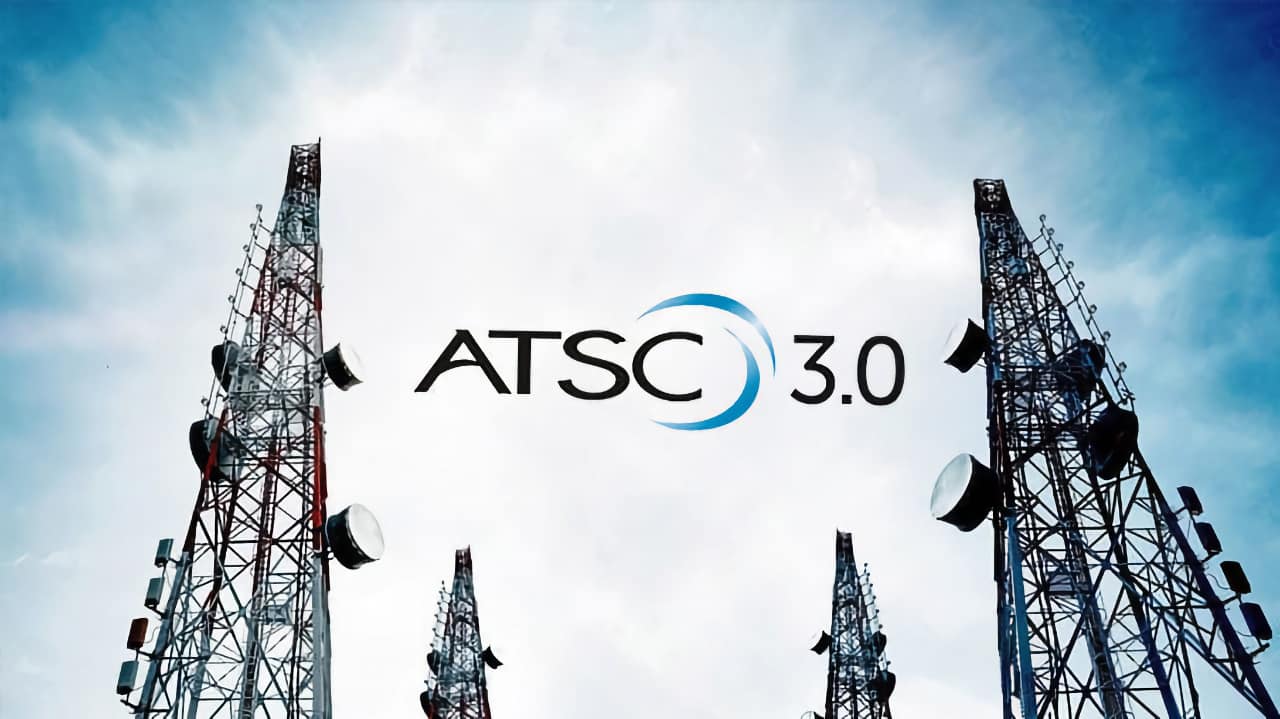
Phil Rhodes on the broadcast standard that hopes to keep traditional broadcast transmission relevant in am increasingly streaming world.
It used to be that the release of new TV broadcast standards was a once-a-generation event. No more: the ATSC system now used in the USA (and a limited number of other places) has gone from versions 1 to 3 in less than a decade. The original ATSC, which was only later referred to as 1.0, officially replaced NTSC in the mainland United States in 2009. The FCC authorised wide deployment of ATSC 3.0 in 2017. Naturally, that sort of deployment takes years, and ATSC 3.0 is still in the process of rolling out across the USA now (2.0 was abandoned as obsolete at introduction).
Changing TV standards ought to be a big deal - and it is, given these standards effectively adopt the mantle of NTSC, which was not-much-lamented but still venerable and widely adopted. Chuckle as we might at the dubious colour performance of classic NTSC, it was the system which made colour television possible for most of the people who’ve ever watched colour television, and those are big shoes to fill in such a technologised world.
Certainly, ATSC 3.0 seems up to the task. It is very, very clever. It uses the UDP protocol for its UHF broadcast transmissions, which is to say that it uses those parts of the Internet protocol which can reasonably be implemented in a one-to-many broadcast system that doesn’t support replies from receiver to transmitter. It uses a modulation scheme which is designed to improve robustness at the edge of a transmitter’s range, while minimising the power consumption of the transmitter. There are many options to swap image quality for signal reliability.
The part of ATSC 3.0 that viewers will actually notice, however, is the web integration. That allows the broadcaster to serve optional streams over the internet which are guaranteed to remain in synchronisation with the broadcast image, allowing for various overlays and heads-up displays to be superimposed on the main, UHF-delivered picture. This has various applications including accessibility via sign language interpretation (fantastic!) and personalised advertising (umm…), but it’s pretty clear, looking at almost any of the material ATSC has released, that this is mainly about sports broadcasting.
Sports central
The giga-popularity of TV sports in the USA has clearly been a big influence on the ATSC’s work, and it’s common to see ATSC 3.0 demonstrated with some sort of ball game being played under overlays about, for instance, specific players. There’s possibly a question to be asked about the sheer effort required to produce and distribute all this optional material, but that’s the broadcasters’ problem.
So, it’s a broadcast system that hybridises internet and UHF broadcast delivery, and it has some underlying network-like design which makes it more reliable and flexible. It’s a system which can do a lot and much of which makes lots of sense.
The most enthusiastically cynical engineering brains in the audience, meanwhile, might already have started to ask awkward questions. The biggest of those is whether the streaming media features of ATSC 3.0 represent a grudging acceptance that traditional broadcast has met its match in the form of the internet and near-universal video on demand.
Spectrum is green
OK, technologically, there’s much to recommend UHF broadcast. It’s almost certainly a better use of radio spectrum than requiring every viewer to simultaneously download a streaming media service of the same thing using either WiFi or cellphone spectrum, and that’s worth a brief digression.
Most of the viewing public remains blissfully unaware of the ugly battles for radio spectrum which underlies modern telecommunications. The dubious practicality of very high frequency 5G cellphone services in the tens of gigahertz makes the lack of elbow room clear; it’ll require very, very small cell areas, with very, very short ranges, requiring huge amounts of equipment, to make that work. To most people, it’ll just mean better video quality at the coffee shop.
The frugal use of valuable UHF bandwidth is clearly a good idea. The big, long-term question is whether people who grew up on instant access are likely to be persuaded by the hybrid approach of ATSC 3.0 in any case. Whatever happens, it’s no exaggeration to call it talismanic of the future of live TV in general.
What we’re talking about here is the continued popularity of what broadcasters call appointment-to-view TV, perhaps bolstered by the interactive features. That would still be the case even if ATSC didn’t involve all those internet-delivered add-ons, but they do throw a harsh spotlight on the increasing convergence in content delivery. ATSC 1 has gone well; ATSC 3.0 is being deployed. Whether there’ll be any need for further revisions depends less on technology and more on the continued popularity of conventional linear TV - and it’d take a brave or foolhardy gambler to take a bet on that in 2023.
Tags: Technology


Comments